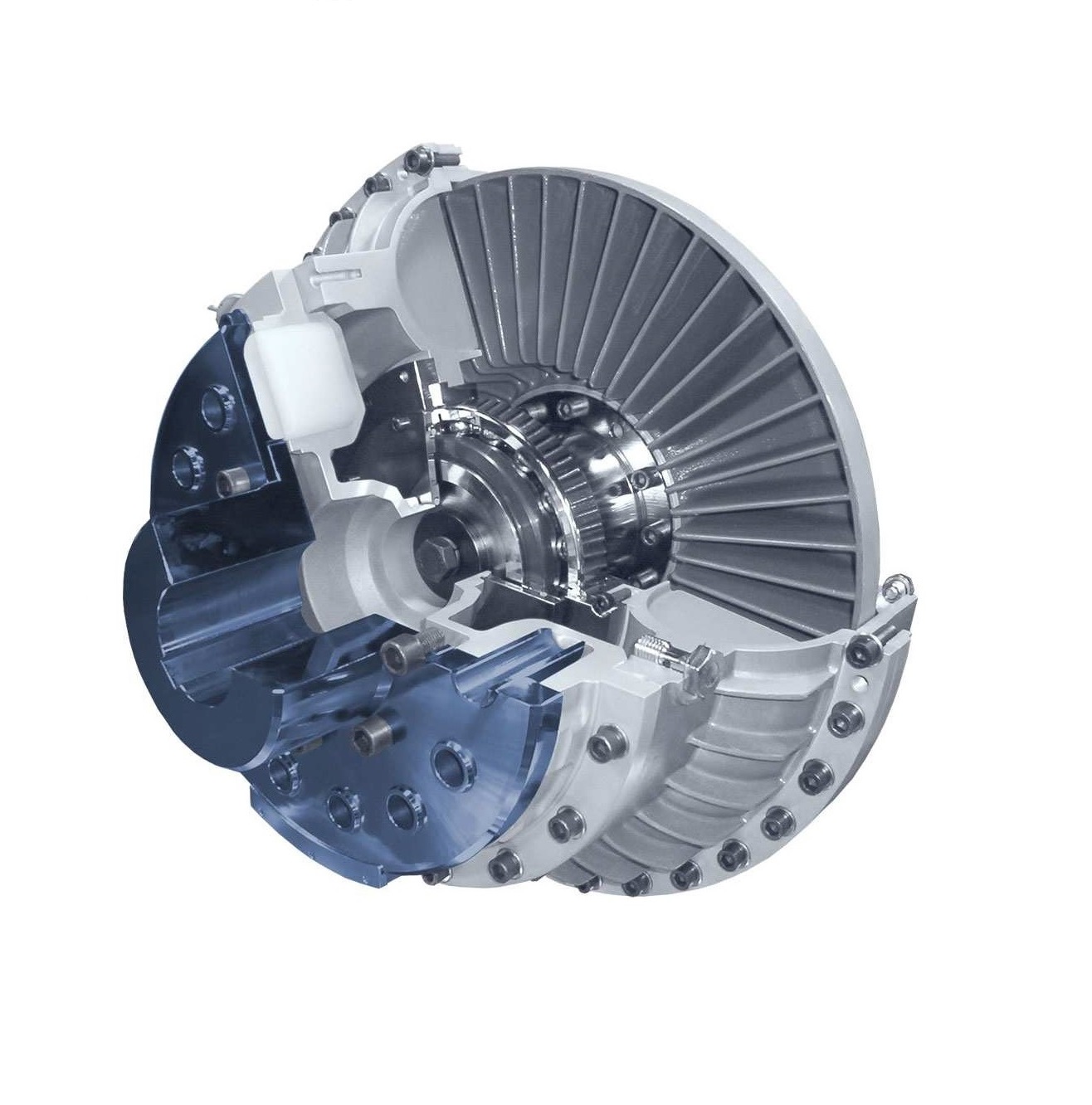Description
Technical characteristics.
Size range: from 274 to 1000.
Speed: from 1 200 to 3600 RPM.
Balance.
The couplings will be dynamically balanced. Standard balancing quality is Q 6,3 at 1500 rpm according to VDI 2060 in two planes.
Possible installation placements.
Hydrodynamic couplings can operate in both rotation directions and can be installed like follow described.
Mounting on the motor shaft / gearbox shaft:
The drive takes place on the outer wheel, which following advantages:
-the power transmission of the hydrodynamic coupling increased due to the fact optimized circuit;
-the hydrodynamic coupling can be thermally stability operate;
-the installed temperature monitoring system delivers always clear signals.
Typical applications:
-acclerating of large masses for example mills, centrifuges, mixer, blower, wood working machines, sieves, ball mills, rope machinery and tool machinery;
-start up against high break off torques for example mixer, conveyors, breakers, centrifuges and pumps;
-soft start up at tip and adjustment operation on large mobile equipment;
-safe overload protection for example at dredgers, breakers and scoop wheels.
Special designs for vertical installation of the hydrodynamic coupling are available.











